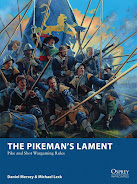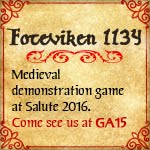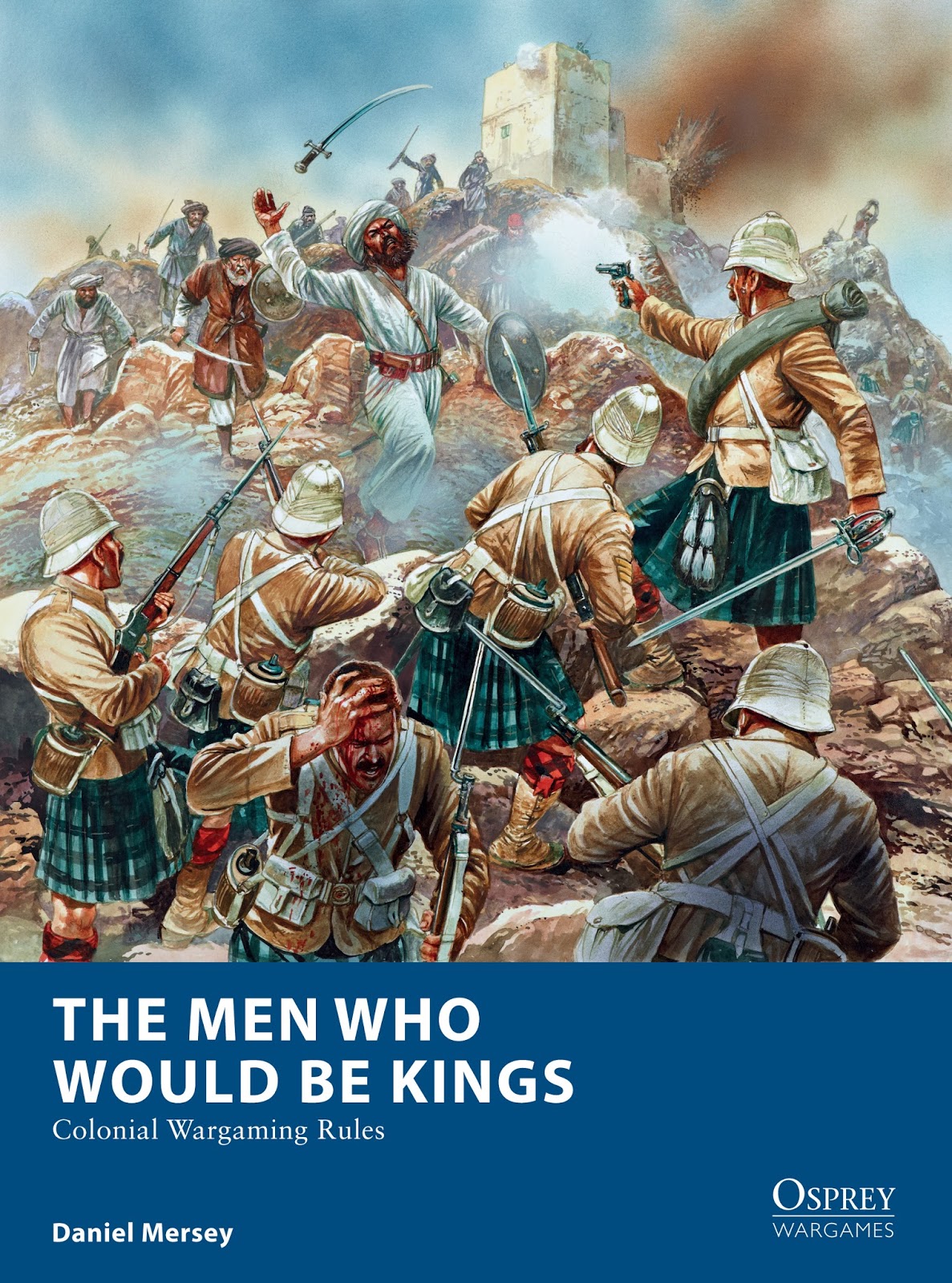Here are the first round of pictures from my trip to Visby and the Medieval Week, I hope that you find them inspiring and make a trip there next year...it´s always week 32...at least it have been so for the last 20 years or so;)

Early morning in Nynäsham, boarding the ferry. It´s a 3 hour ferry ride from Nynäsham on the mainland to Visby on Gotland.

The Kogg
"Tvekamp af Elbogen" was visiting Visby during the week...the Kogg are a replica of a wreck find from Foteviken in Scania, the Kogg find are probably the oldest find of a armed Hansa Kogg. It was build in Poland around 1390 and was shipwrecked shortly after 1400, the Kogg was probably used by the pirates
"Victual Brother".

Forum Vulgaris was the "Main" stage at the "Food Court"

Part of the "Food Court" in the middle of the large Medieval market, a tower in the city wall in the back...

Armour:) One of several trader in weapon and armour...

Every thing you need to start a rebellion...

There was probably 150-200 different traders at the medieval market all week.

Model of a part of the Visby City wall, how it looked back in the 14th centery
 Kapitelhusgården
Kapitelhusgården i.e. Chapeterhouse-yard have its own small medieval market about 10 traders and a medieval tavern.

The Chapeterhouse are active all summer and is realy worth a visit.

Inside a small trading shop at the Chapeterhouse.

Looking at some Minstrels out sid the "Bride gate" at
S:ta Maria Cathedral

There was at least 3 different medieval camps around Visby during the week, this is the smallest one, 20-30 tents, placed at the Jousting court.

The Teutonic Knights part of the camp...but they are all away to subdue some heathens...or just shop at the market;)

One evening I and my daughter was to the Tournament, the first one for her and she realy liked it:)

The first time I saw this tournament was about 15 years ago...and they have realy improved to a realy nice and professional show.

We ofcourse made some trips outside Visby to. This is ,Tofta Church, one of the about 100, still in use, medieval Churches on Gotland.

Part of the Gotlandic coast and some small
Rauks in the back.

Medieval Dusk at the sea.

Visby city wall and the Towers of the Chatedral.

Visby city wall and some tents from one of the larger medieval camps...more pictures from that camp in the next post...

















